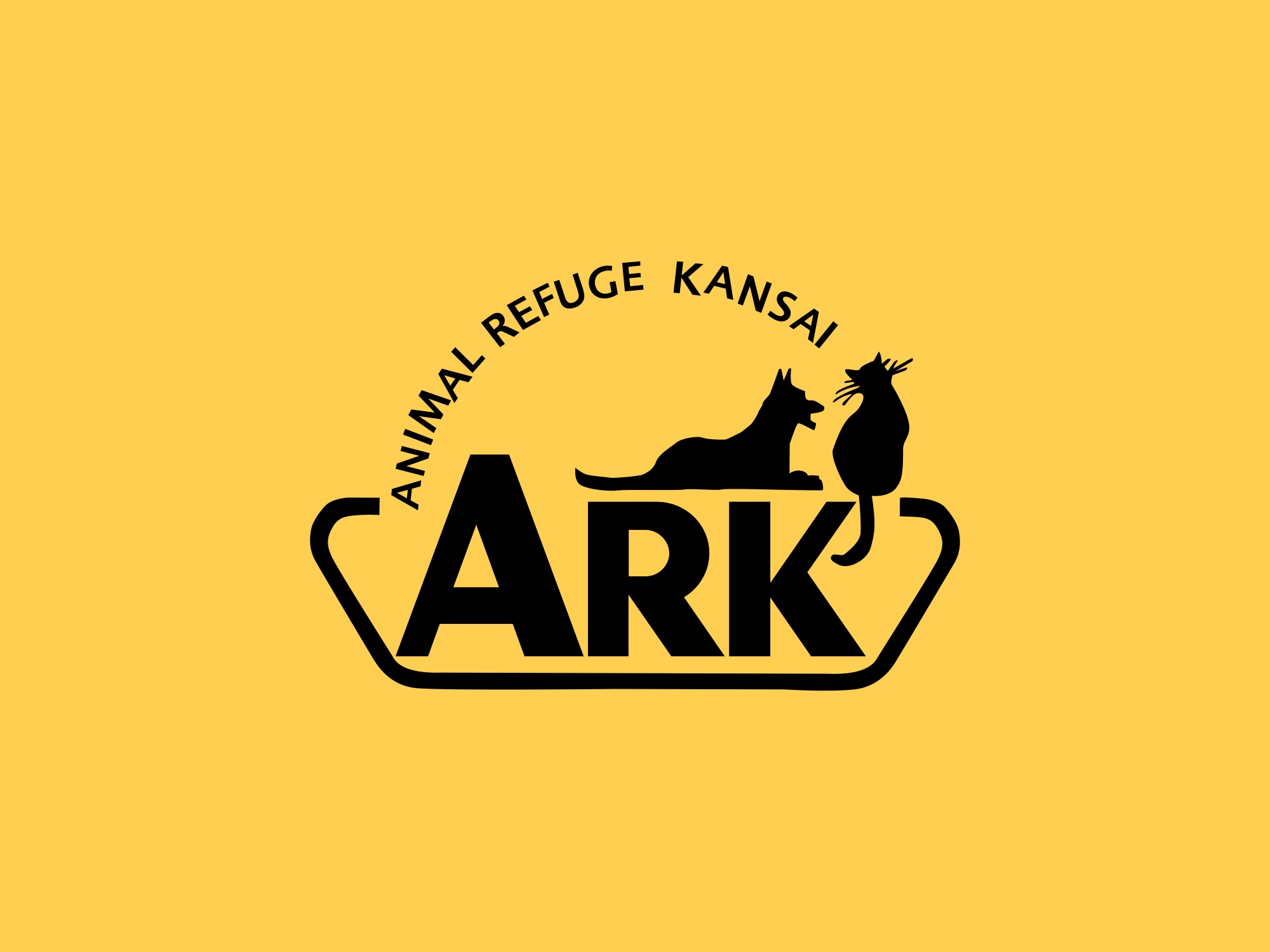Heatstroke: the danger of half-knowing...
A message from Dr Yuko Nishiyama, DVM, expert in shelter medicine and veterinary pathology.
Every day of the year, vets everywhere see many sick and injured animals.
Recent heatwaves have brought with them an enormous increase in the number of animals suffering heatstroke and dehydration. In the worst cases, these symptoms can lead to loss of life. As vets and hospital staff, we find these very preventable cases heartbreaking.
Many owners of animals suffering these debilitating symptoms may be inexperienced, but they are not ignorant, nor are they necessarily irresponsible. Many love their cats and dogs unconditionally. However, we all need to be careful to avoid this potentially fatal problem.
I have some examples I would like to share with you today:
- There were lots of dogs out walking happily…
A sensible neighbour said to Owner A, “The asphalt is too hot for walks before 7 in the evening, once the temperature has dropped below 30 degrees. It’s really dangerous”. Owner A took the advice and always waited until after 7 in summer. She also checked the asphalt with her hand before walking her dog.
She checked the heat of the asphalt that day too. She saw numerous dogs walking along her normal route, too. It didn’t occur to her that on that fateful day, her dog would collapse and be taken to a hospital but not respond to the emergency treatment.
Owner A’s dog was a ten year old Japanese breed dog. There was no evidence of heart or lung disease. However, we need to remember that each individual animal feels and responds to extreme heat differently – the ability to control his temperature varies enormously from dog to dog. It is easy to see that a short-snouted breed like a bulldog would suffer in the heat, but need to consider that coping with extremes in temperature becomes more difficult with age.
Safety in the heat is not simply a matter of the temperature or time of day, nor should we be swayed by other dogs’ ability to cope.
Owner A checked the asphalt and was careful about the time of day and the temperature. Sadly, the factor she failed to consider was her own beloved dog. I’m sure she wishes she had read the signals he sent her before he collapsed, when he tried to let her know he didn’t want to walk in the heat. - Vaccination due
Owner B received a vaccination notice for her four year old cat. She didn’t want to miss the deadline and made an appointment with her vet for midday. The surgery was very crowded and she had to wait for a while, despite having booked in advance.
When she looked inside the carry case at her cat, its breathing was laboured. Fortunately, quick action by the staff saved the cats life, but of course the vaccination could not be administered.
Even if your car and the clinic are an appropriate temperature, animals in tiny carrying cases are without much air. The temperature inside may be higher than you think. Stress, possibly caused by leaving a familiar environment and seeing, smelling and hearing other animals, can also raise body temperature.
Vaccinations and any non-urgent consultations can wait! Please choose an appropriate time to make appointments. Clinics should encourage this and not have their patients come in on very hot days. - No problems for 11 years
Owner C took particular care in summer to ensure that the dog’s water was always clean, cold and readily available and that the dog had appropriate shade. There was even a thermometer in the garden. Sadly, however, his dog suffered heatstroke and passed away.
Owner C was shocked: “He huffed and puffed every year, but rested in the shade and always seemed all right” “I tried letting him indoors, but he didn’t like it and wanted to go out” “It’s quite cool with a breeze – the thermometer shows 26 degrees in the garden”.
Summer heat is not the same every year. Dogs, like us, cope worse with extremes of temperature as they age, whether or not they have physical problems. Gardens which are cool with a breeze blowing are not so without one.
“It’s been OK so far” is not good enough criteria for animals that are kept outside: the heat may be more extreme; the dog may be older. Please keep ALL pets inside in the cool. - I was told my dog needed a 45-minute walk every day
Owner D’s Jack Russell Terrier loved his walks and playtime and was ready for it any time. When he had chewed things in the home and otherwise shown problem behaviour, his trainer said that he must walk for at least 45 minutes each day.
He was walked in the call of the evening, but on one particular day, he collapsed and was taken to a hospital with a heatstroke induced epileptic fit.
Dogs are not in peak condition in the heat. It is not a matter of the temperature, it is a matter of how the dog is – is he feeling good and well-rested? There is no need to set the length of time for the walk mechanically before we start. Let’s NOT over-exercise our dogs. It’s very important to seek and take the advice of a dog trainer, but exercise can be taken indoors and its amount adjusted for the season. - My dog is a breed that shouldn’t have its fur trimmed
Vets sometimes recommend having a pet’s fur trimmed in summer to avoid heatstroke. Your vet will consider the dog’s age, energy level, nutritional status and body-temperature control mechanism in offering this advice. Some owners reject this advice, saying “my dog’s breed has sensitive skin that shouldn’t be exposed to UV rays” “Japanese breeds need their course hair to keep them cool. If you shave it, they will get heatstroke because they won’t be able to control their body-temperature properly” “I had his fur trimmed very short once, but he looked so awful, I would never do it again”.
There is an enormous amount of information easily obtained from the internet, pet shops and breed clubs. It is your decision whether to believe it or not: some is perfectly correct, but some is little more than “old wives tales”. Your vet wants to keep your pet healthy based on all the information he or she has. Please lend an ear to the advice you are offered.
If you were told, “Women in the Heian Period didn’t have air conditioning but still wore their multi-layered silk clothing in summer. Put your thickest clothing on and just put up with it!”, would you wear your winter clothing in summer?
Animals can’t operate a remote controller to regulate room temperature. They can, however, send you signals that say “I’m too hot!”
Animals can’t send you a text to ask for help when they are alone and too hot in your home, garden or car.
I share these cases with you in the hope of protecting as many animals as I can from heatstroke. I wish all the animals in Japan a safe summer.
Yuko Nishiyama
August 2018
新着情報

Photos of black cats wanted for a card game project

The luck of the draw

「ADOPTION PARK GIFT」 Tokyo ARK's wishlist

Animal Shelter Fined

【February 16】Tokyo ARK at Denenchofu Green Festa!

【Thank You!】Dog Safety Seminar at Summerhill International School

Osaka Hilton Hotel Christmas Train Event

ARK Calendar 2025
